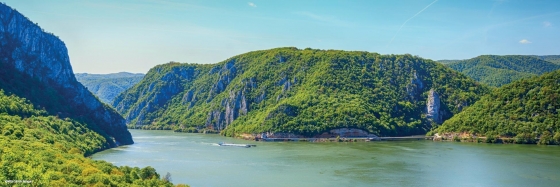Bad Ischl, Austria - Weather and Climate
The climate in Bad Ischl, Upper Austria, Austria is marked by big temperature swings throughout the year.
Temperatures range from warm during the warmest months
to very cold in the cooler months.
It is also known for its heavy rain/snowfall.
Now, let’s explore all the climate details to give you a complete picture.
Average maximum day and minimum night temperature
In Bad Ischl, temperatures differ significantly between summer and winter months. Typically, average maximum daytime temperatures range from a comfortable 22°C in July to a very cold 1°C in the coolest month, January.
Nights are cooler, with lows often dropping to around -6°C during the colder months.Check out our detailed temperature page for more information.
Temperature ranges by month
Precipitation and rainy days
Bad Ischl experiences significant rain/snowfall throughout the year, averaging 1835 mm of precipitation annually. Bad Ischl offers a pleasant mix of wetter and slightly drier months. The difference in precipitation between June (211 mm) and November (111 mm) is not too significant, making the climate enjoyable for visitors and residents alike.
The mean monthly precipitation over the year, including rain, hail and snow
Sunshine over the year
For those who appreciate different seasons, Bad Ischl serves as an ideal destination. Expect longer, more sun-filled days in July with an average of 6.3 hours of sunshine daily, and embrace the darker days in December, offering only 1.9 hours of daily sunlight.
Visit our detailed sunshine hours page for more information.
Monthly hours of sunshine
Daily hours of sunshine
Average humidity
The relative humidity is high throughout the year in Bad Ischl.
The city experiences its highest humidity in December, reaching 84%. In April, the humidity drops to its lowest level at 71%. What does this mean? Read our detailed page on humidity levels for further details.
Relative humidity over the year
Forecast for Bad Ischl



Select a Month of Interest
Check the conditions for any month of the year.
The best time of year to visit Bad Ischl in Austria
During the months of June, July and August you are most likely to experience good weather with pleasant average temperatures that fall between 20°C and 26°C.Other facts from our historical weather data:
Most rainfall (rainy season) is seen in May, June, July, August and September.
The coldest season / winter is in the following months: January, February and December.
August has an average maximum temperature of 22°C and is the warmest month of the year.
The coldest month is January with an average maximum temperature of 1°C.
June tops the wettest month list with 211 mm of rainfall.
November is the driest month with 111 mm of precipitation.
July is the sunniest month with an average of 189 hours of sunshine.
No idea where to travel to this year? We have a tool that recommends destinations based on your ideal conditions. Find out where to go with our weather planner.



